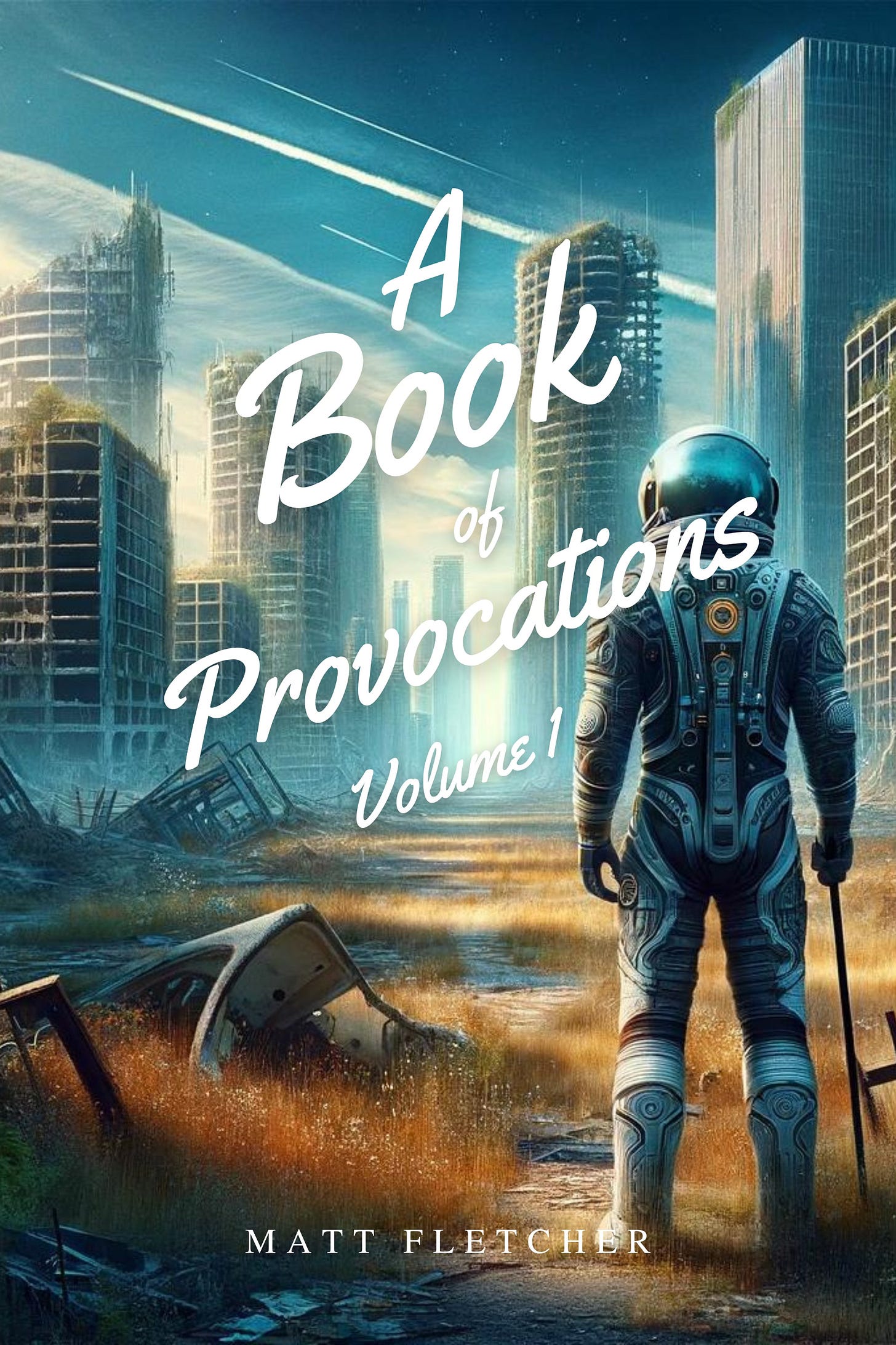Unpacking the DP English B Oral Examination (SL): A Quick Guide for Success
Free Ebook included!

The DP English B Standard Level Oral Examination is a rite of passage for IB students, requiring a blend of linguistic skill, critical thinking, and thematic exploration. Here’s how it works: students step into the examination room and are presented with two visual stimuli. These images, carefully curated, correspond to two of the five course themes: Human Ingenuity, Social Organisation, Identities, Experiences, or Sharing the Planet. Students choose one image and then have 15 minutes to prepare up to 10 bullet points to guide their presentation.
The exam unfolds in three distinct stages:
Presentation: Students speak for 3–4 minutes, describing the image and analyzing its relevance to the selected theme.
Stimulus Discussion: The examiner poses questions for 4–5 minutes to delve deeper into the ideas expressed in the presentation.
General Conversation: The focus shifts to another theme not covered in the visual stimulus, allowing students to showcase their knowledge across the course syllabus. Suggested timing here is also 4-5 minutes.
This format is both challenging and rewarding, offering students a chance to demonstrate not just their English proficiency but also their ability to think critically and make connections between themes.
A Book to Help Students Succeed
Preparing students for the Oral Examination can feel daunting, but I’ve found ways to make it engaging and effective. My book, A Book of Provocations: Volume 1, was designed with the English B Oral Examination in mind. It’s packed with high-quality visual stimuli and thought-provoking questions across all five course themes. The visuals invite analysis and discussion, helping students practice their descriptive and analytical skills in a way that mirrors the actual exam.
To give you a taste, I’ve included a sample image and accompanying questions below. Feel free to use these for your oral examination practice. You’ll also find downloadable PDFs that you can use directly in your classroom to simulate the Oral Examination experience.
For a limited time, readers of my newsletter can sign up for a paid subscription with 20% off and receive a FREE digital copy of my book ‘A Book of Provocations: Volume 1’.
Top Tips for Preparing Students
Practice Time Management: Encourage students to use their 15-minute preparation time wisely. They should jot down bullet points, focusing on describing the image, linking it to the theme, and preparing potential responses to questions.
Foster Critical Thinking: Guide students to look beyond the surface of the image. Ask them to consider the cultural, social, or ethical dimensions of the visual stimulus. It is imperative to connect it to a target culture to get top marks.
Diversify Practice Stimuli: Use visuals that represent a wide range of contexts and cultures to ensure students are comfortable with diverse themes and ideas.
Rehearse All Sections: Don’t just practice the presentation. Simulate the discussion and general conversation segments to help students gain confidence in responding spontaneously.
Use Provocations: Stimuli and questions from A Book of Provocations are excellent tools for sparking meaningful discussions. By practicing with these resources, students become adept at engaging with visual and thematic material critically.
Using Visual Stimulus from ‘A Book of Provocations’
Identities
Students and images may want to focus on these points when presenting on the visual stimulus for the English B oral examination.
Describing the Image
Visual elements:
A group of four individuals, dressed in punk-inspired clothing, sitting on steps outside a building.
Spiked hairstyles, leather jackets with studs, and bold accessories dominate their appearance.
Torn jeans, plaid patterns, and combat boots add to the edgy aesthetic.
Background features posters on the wall, possibly advertising music or events, emphasizing the subcultural vibe.
Mood and tone:
The atmosphere suggests rebellion, self-expression, and defiance.
The group appears to be posing casually, possibly indicating confidence or nonconformity.
Making Inferences
Lifestyle and values:
The attire and setting suggest the individuals are part of the punk subculture, emphasizing values like individuality, anti-establishment attitudes, and freedom of expression.
The attention to detail in their clothing and hairstyles may reflect a shared identity and group belonging.
Connection to music:
The posters and their style may link the group to punk rock music, known for its raw, rebellious themes and grassroots origins.
They might be musicians, fans, or advocates of the punk movement, which historically criticizes societal norms and consumerism.
Youth and defiance:
The setting (urban environment) and the group's appearance might indicate youthful resistance to mainstream culture, a hallmark of the punk ethos.
Connecting to Culture
Historical context:
Punk culture emerged in the 1970s in reaction to political and social tensions, particularly in the UK and the US.
The clothing, hairstyles, and accessories reflect anti-mainstream sentiments and a desire for self-expression in a post-industrial society.
Cultural significance:
This image represents an ongoing legacy of punk as a subculture, highlighting its evolution into fashion, art, and music.
The group's style could be seen as a cultural artifact, representing how younger generations critique societal norms and carve their own identity.
Global relevance:
Punk culture has transcended borders, influencing fashion and music globally while retaining its core values.
Students could explore how this subculture adapts in different countries, connecting it to themes like globalization or cultural appropriation.
Download the PDF high quality print out here
Experiences/Human Ingenuity
Students and images may want to focus on these points when presenting on the visual stimulus for the English B oral examination.
Describing the Image
Visual elements:
A classroom filled with young students sitting at desks, looking toward the front.
The teacher is a humanoid robot, sleek and futuristic, with glowing blue eyes.
The blackboard is a digital display featuring futuristic graphics, including maps, charts, and robotic schematics.
The classroom is bright and modern, with large windows showcasing a clear, sunny day outside.
The walls are adorned with colorful student artwork and photos, adding warmth to the futuristic setting.
Mood and tone:
The scene blends a sense of curiosity and innovation with a warm and inclusive learning environment.
Making Inferences
Role of the robot:
The robot likely represents advancements in artificial intelligence and its integration into education as a teacher or assistant.
Its posture and gestures suggest engagement and interaction, mimicking human teaching styles.
Impact on education:
The digital blackboard and robot teacher imply a future where technology plays a central role in learning.
Students might be learning STEM (science, technology, engineering, and mathematics) topics or preparing for a tech-driven world.
Classroom dynamics:
The children appear attentive and engaged, suggesting a level of comfort and adaptability to technology in this context.
Connecting to Culture
Technological culture:
This image reflects a culture deeply intertwined with technological advancement, where AI and robotics are integral to daily life.
It suggests a future where education prioritizes tech literacy and adaptation to a rapidly changing world.
Could be connected to the US and Silicon Valley.
Globalization and inclusivity:
The diverse group of students indicates inclusivity and equal access to advanced educational resources worldwide.
The classroom setup bridges the gap between traditional schooling and futuristic innovations, making it globally relatable.
Ethics and innovation:
The image raises questions about the role of technology in shaping education and societal values.
It sparks a discussion on how humanity can ensure technology complements, rather than replaces, human interaction and creativity.
Download the PDF high quality print out here
Exclusive Giveaway
For subscribers of this newsletter, I’m offering a curated list of sample questions for each of the five course themes that can be used in Part 3 of the Oral Examination. This short print out and ebook features 20 questions for each theme!
These questions are designed to push students toward thoughtful, well-rounded answers that reflect a deep understanding of the themes.
If you like it and use it, please do share this article or share on social media.
This really helps!
Let’s Connect!
How do you prepare your students for the English B Oral Examination? Have you tried using A Book of Provocations or similar resources in your teaching? I’d love to hear about your experiences, strategies, and any questions you have. Let’s collaborate to make the Oral Examination a meaningful and successful experience for all!






